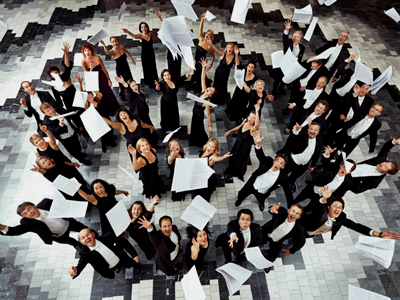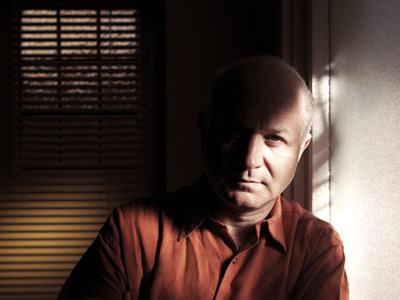By Rachel Straus
I’ve been living in a small town in north central Spain since June. For someone who writes dance criticism and loves taking dance classes, this sounds like a near death situation. But I’ve embraced provincial life, at least European provincial life.
Salamanca may be two hours from Madrid and it does not have a professional dance company, but it has Espacio de Danza, a studio just outside the city center—the site of the third oldest university in Europe (founded 1218).
Since September I’ve been taking advanced contemporary and ballet classes at Espacio. My teacher is Marta. On the school’s website, there are no pages describing Marta or the other maestras in residence. Why? Perhaps no one would care if she studied at a renowned conservatory or with her auntie. A name like the Folkwang Schule or Juilliard doesn’t mean much here. But Marta has studied somewhere legitimate. She teaches a modernized approach to the Russian Vaganova ballet technique and her contemporary class blends the Limon technique with the Spanish choreographer Nacho Duato’s speed and fluidity. Marta knows how to construct a class that develops strength without building unnecessary muscle mass. In each class, she develops on the material from the last in order to build technical complexity and rhythmic play. Most of all, Marta can choreograph: in her contemporary classes she makes dances, not just mini phrases.
Marta’s “advanced” students are mostly in their early twenties. (I put “advanced” in quotation marks because most of us aren’t quite worthy of that denomination). Except for one student, Marta’s pupils will not go on to be professionals. Oddly, the majority of them are studying to be doctors and nurses. What’s the connection? Perhaps these young women (and one man) are attracted to Marta’s precision and her ability to explain the mechanics of movement anatomically.
What I find most amazing at the Espacio de Danza is the lack of histrionics that is endemic to small town dance studios. None of the students wear flouncy little practice skirts. There are no teacher’s pets, or internecine (bitchy) competition among the students. These people are not performing the clichés enacted in the recently canceled U.S. television series Bun Heads, about a small-town, California dance studio.
The classes end at 11 p.m., and when I shuffle back to the old center, the tapas joints are in full swing. With my hair plastered to my head by sweat, and my heart roaring, I feel ready to return to my work: writing a 300-page dissertation leading to a doctorate in Dance Studies. But first I sleep… like the dead.
http://www.espacioendanza.com/
P.S. Next week I will be less provincial. I’ll be reviewing the Compania Nacional de Danza in Madrid and the Vienna State Ballet, after my week-long lecturing on dance at the Bratislava Academy of the Arts in Slovakia.


